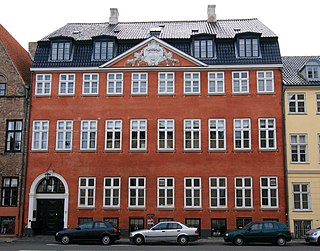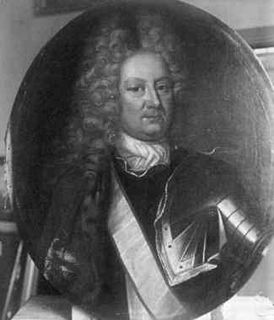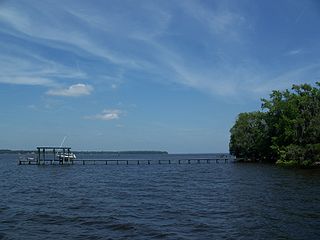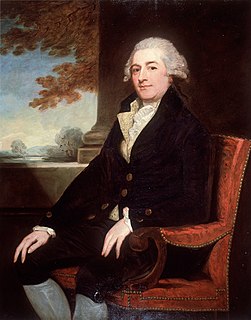 W
WJacobus Barnaart was a Dutch merchant and one of the five first directors of the Teylers Stichting.
 W
WGysbert Behagen was a German-Danish merchant, ship owner and director of Danish Asia Company. His home at Strandgade 26 in the Christianshavn neighbourhood of Copenhagen is known as Behagen's House after him.
 W
WAndreas Bodenhoff was a Danish merchant, shipowner and ship builder. He has left his name in posterity for reclaiming the area now known as Bodenhoffs Plads on Christianshavn in Copenhagen. He was the largest private shipowner in Copenhagen by 1779.
 W
WNiels Brock was a Danish merchant. He funded the establishment of the first business school in Copenhagen, which is now named Niels Brock Copenhagen Business College after him. The Niels Brock House, his former home on Strandgade in Copenhagen, is a listed building.
 W
WThomas Daniel was a slave owner and sugar merchant in Bristol who was known as the "King of Bristol" because of his omnipotence in corporate affairs for over 50 years.
 W
WMichael Fabritius was a Danish merchant, shipowner and shipbuilder.
 W
WStephen Hansen was a Danish industrialist, businessman and General War Commissioner. He is most known for his involvement with Kronborg Rifle Factory in Hellebæk and for building Hellebækgård as well as the Stephen Hansen Mansion on the harbourfront in Helsingør..
 W
WCaspar Herman Hausmann was a Danish-Norwegian General, lumber merchant and squire. He was born 10 January 1653 at Segeberg in the Danish duchy of Holsten, which was then in union with Denmark-Norway. He died 9 September 1718 in Christiania and lies in a crypt in Oslo Cathedral. He was married to Karen Nielsdatter Toller (1662–1742). He was a half-brother by Margaret Pape with Ulrik Frederik Gyldenløve (1638–1704) — Gyldenløve was King Frederick III of Denmark's acknowledged illegitimate son and Statholder (viceroy) to Norway from 1664 until 1699.
 W
WWu Bingjian, trading as "Houqua" and better known in the West as "Howqua", was the most important of the hong merchants in the Thirteen Factories, head of the E-wo hong and leader of the Canton Cohong. He was once the richest man in the world.
 W
WPeter van Hurk was a Dutch-Danish merchant.
 W
WReinhard Iselin was a Danish merchant, shipowner and industrialist who founded Reinhard Iselin & Co. in Copenhagen in 1749. The company completed 65 expeditions to the Danish West Indies. Iselin was also active in the Danish Asiatic Company where he served on the board of directors from 1759 to 1769. He owned Iselingen and Rosenfeldt at Vordingborg. He was raised to the peerage with the rank of baron in 1776 but the title died with him since both his sons died as infants.
 W
WTakadaya Kahei (高田屋嘉兵衛) was a Japanese merchant credited with transforming the trading outpost of Hakodate in Japan's northern island of Hokkaidō into a thriving city. He is also recognised for opening the northern Etorofu sea route to the Kuril island fisheries and helping settle territorial disputes with Russia over the islands.
 W
WSir John Lambert, 1st Baronet of London, was a French-born English merchant.
 W
WFrancis Levett was an English trader, who worked as factor at Livorno, Italy, for the Levant Company until he lit out for East Florida in 1769 where his brother-in-law Patrick Tonyn of the British Army had been appointed governor of the English colony. Wielding connections from a lifetime of overseas trading, as well as family connections from a powerful English mercantile family, Levett built one of the first plantations in Florida, and then forfeited his investment when the English lost their foothold in Florida, forcing him to flee to the British colony in the Bahamas. Eventually his son returned to Georgia, where he became the first to plant Sea Island cotton in America.
 W
WEdward Loveden Loveden FRS was an English Member of Parliament (MP), sometimes described as a Whig but often not voting with that party.
 W
WGaetano Magnolfi was an Italian philanthropist, active mainly in his native Prato, a town in the then Grand Duchy of Tuscany.
 W
WJohn Morgan was a Welsh merchant, sheriff and MP.
 W
WTsutaya Jūzaburō was the founder and head of the Tsutaya publishing house in Edo, Japan, and produced illustrated books and ukiyo-e woodblock prints of many of the period's most famous artists. Tsutaya's is the best-remembered name of all ukiyo-e publishers. He is also known as Tsuta-Jū and Jūzaburō I.